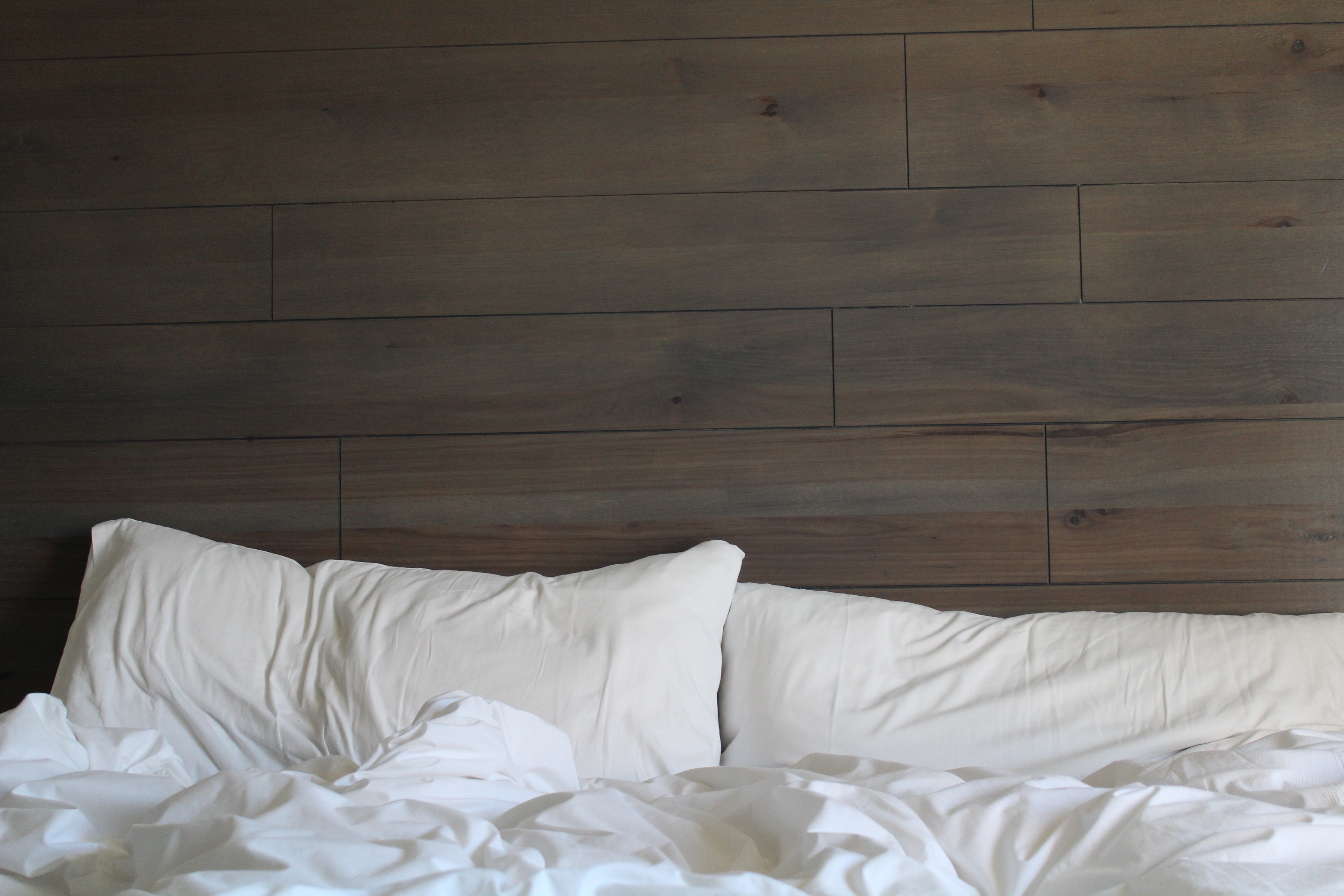This article by Ray Spitzenberger first appeared in IMAGES for August 20, 2020, East Bernard Express, East Bernard, Texas.
Wharton County, like much of the Houston area, experienced a “Cool Front” on Monday, and while it was definitely not a “Cold Front,” it did cool things down a bit (90 high instead of 97). The night before, when the weatherman was forecasting a “Cool Front,” he made it very clear that we did not need to get out our blankets or sweaters.
Over the years, whenever people talked about “blanket weather,” it was hard for me to relate, because my mother and grandmother didn’t use blankets in the winter; they used homemade quilts and homemade featherbeds. Growing up in Dime Box, Texas, in the 1940’s, living in a home on blocks rather than a slab and heating with a wood heater whose fire was allowed to turn to embers at night, I really appreciated those old-timey featherbeds. The quilts weren’t that warm, I think they were more for decoration.
No doubt it’s strange to write about the wonderful warmth of featherbeds in Texas in August, but our “Cool Front” triggered some wishful thinking (wishing it were winter, or at least late fall). The thought of warm covers just brought back some old memories from the good old days. Today, living in a home with central heating and cooling, it’s easy to forget what it was like to get up on a winter morning with a thin glaze of ice on the window sill in your bedroom. You were as warm as a baby duck under its mother’s wing wrapped in the down-stuffed warmth of a featherbed.
I remember as a child wondering why this luxurious covering of cotton flannel stuffed with goose and eider (duck) down was called a “featherbed,” since it was neither a bed nor was it filled with feathers. Since feathers are not very comfortable and do not provided as much warmth as waterfowl down, these bed covers were filled with the down that came from under the outer feathers of a duck or goose, goose down being warmer than duck, because its tufts were bigger. Having plucked waterfowl shot by hunters in my family, I knew what down was.
Never did understand the “bed” part, until I googled the history of domestic paraphernalia and got my age-old question answered. Even as early as the 15th Century in Northern Europe where it gets very cold in winter, the upper classes had these down-stuffed covers, made from outing flannel which was thicker than cotton flannel and could have some wool in it. Each bed had two, one placed on the mattress and the other placed on top of the person, thus creating what you might call a “bed.” It was often called a “feather tick” (“tick” being the flannel cover) or by the Old French word, “Duvet” (which means “down”) by some Europeans and “Eiderdown” by the English, though they stuffed them with goose down rather than Eider duck down.
I’m not sure the English even used the term “featherbed,” but that’s what they were called in Germany, the German word “Federbett” very similar to the English word. With all our ancestors having come from Germany, we called it a “Federbett,” and non-German speakers thought we were using butchered English. My mother and my grandmother made our featherbeds with cotton flannel, stuffed with goose down, and sometimes with duck down. They also quilted the two layers of flannel, with down in between, in large squares, so that the down would not shift and accumulate all together at one end of the cover. I don’t know whether the English and the French did the quilting or not, but surely using the cover taught them to. It took about fifty pounds of down to make one featherbed.
The down underneath the outer feathers on a waterfowl insulates the bird from even extremely cold weather, as God the Creator knew what He was doing in designing for his creatures. In making artificial down from polyester microfibers, human beings have not come up to God’s standards, as the artificial down, called “alternative fill” by the manufacturers, doesn’t seem as comfortable and as warm as the real thing. “Alternative fill” lasts about two years, whereas real waterfowl down lasts from five to eight years, according to some experts.
I know that “featherbeds” is a strange subject to write about as we swelter in this summer heat, but I feel a little cooler just thinking about frost on the windowsills.
-o-
Ray Spitzenberger is a retired WCJC teacher and Lutheran pastor, and the author of two books, Open Prairies and It Must Be the Noodles.

